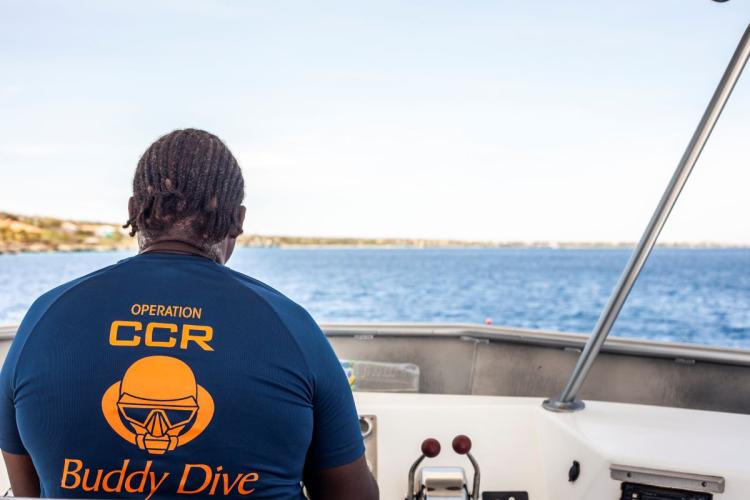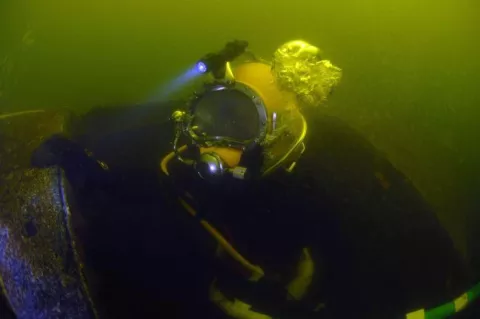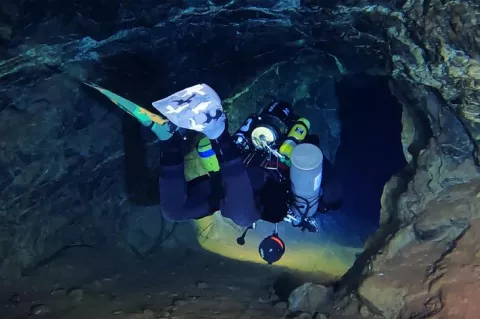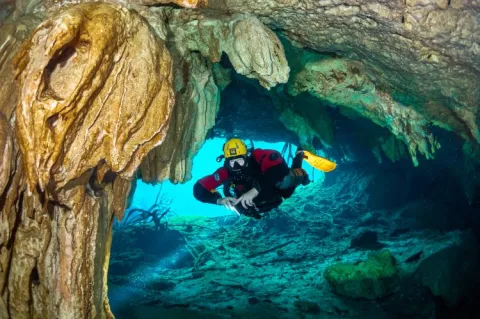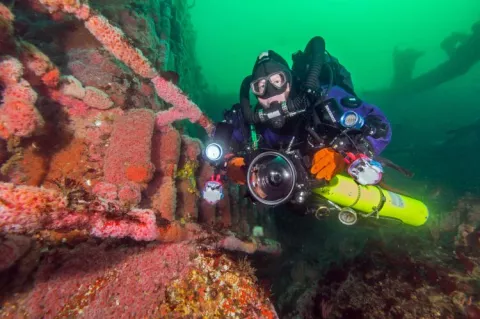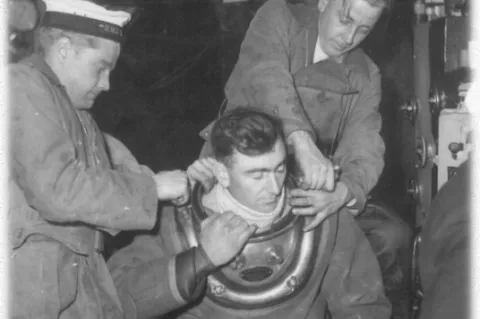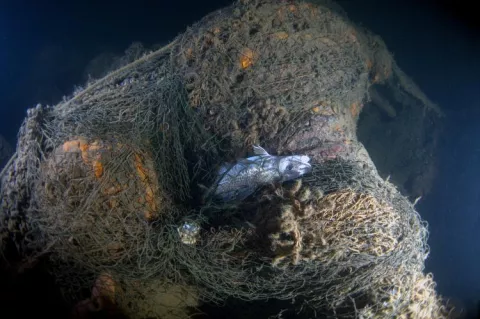Buddy Dive Adds Extra Week to Bonaire TeK!
Buddy Dive TeK is adding an extra week to Bonaire TeK!
Bonaire Tek is THE tec diving event on Bonaire, attracting tec divers from all over the world and manufacturers of the best gear in the industry.
This year, Bonaire TeK takes place from September 28 – October 5, 2024. Because of the huge success of the event, Buddy Dive TeK is adding an extra CCR week to Bonaire TeK!



